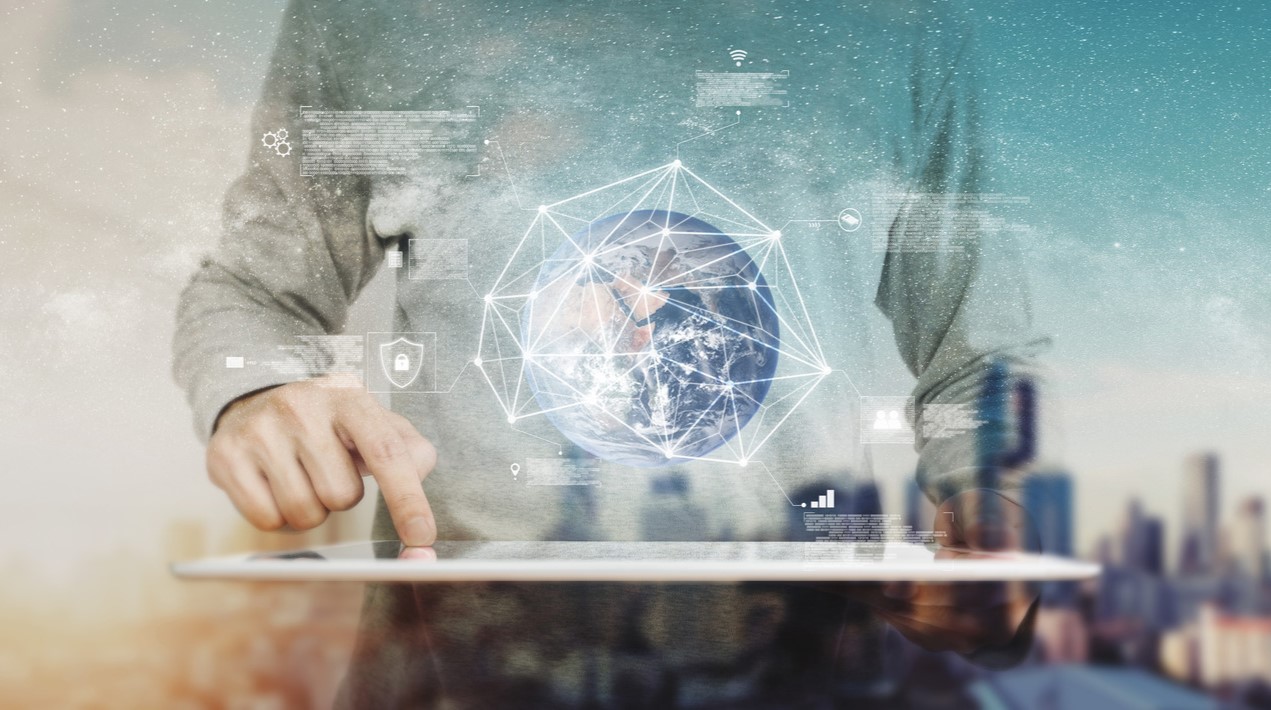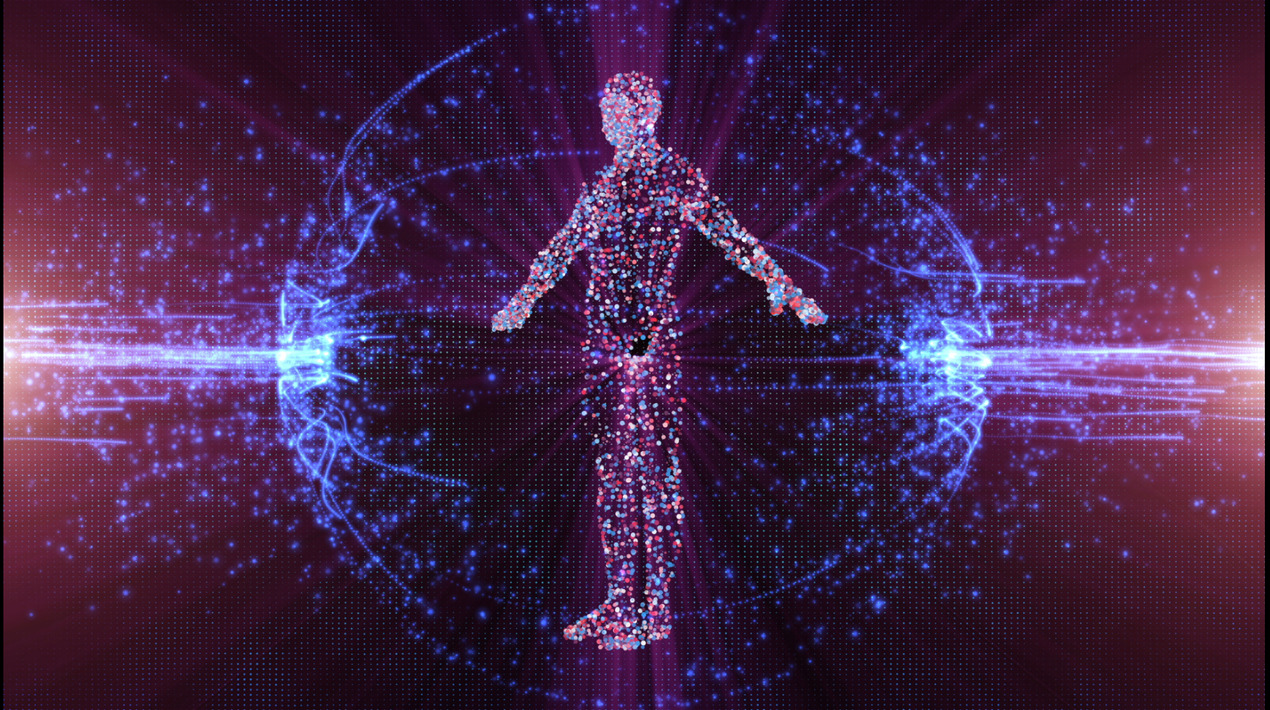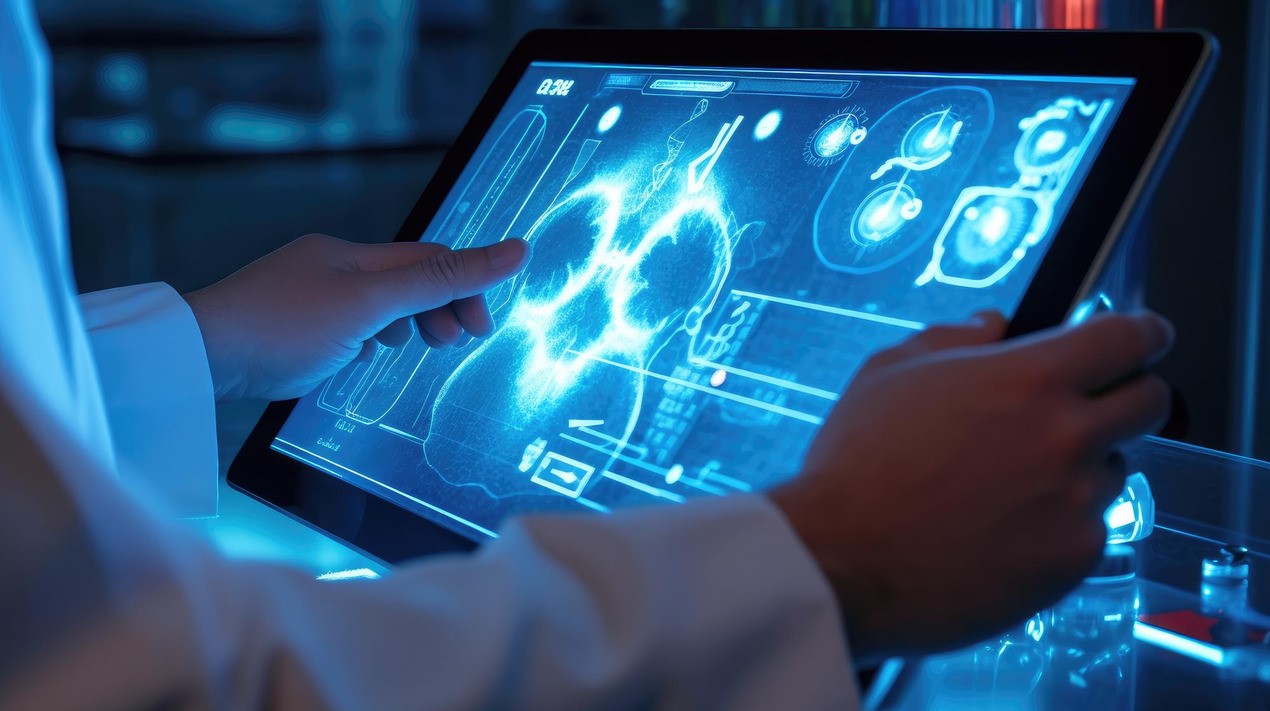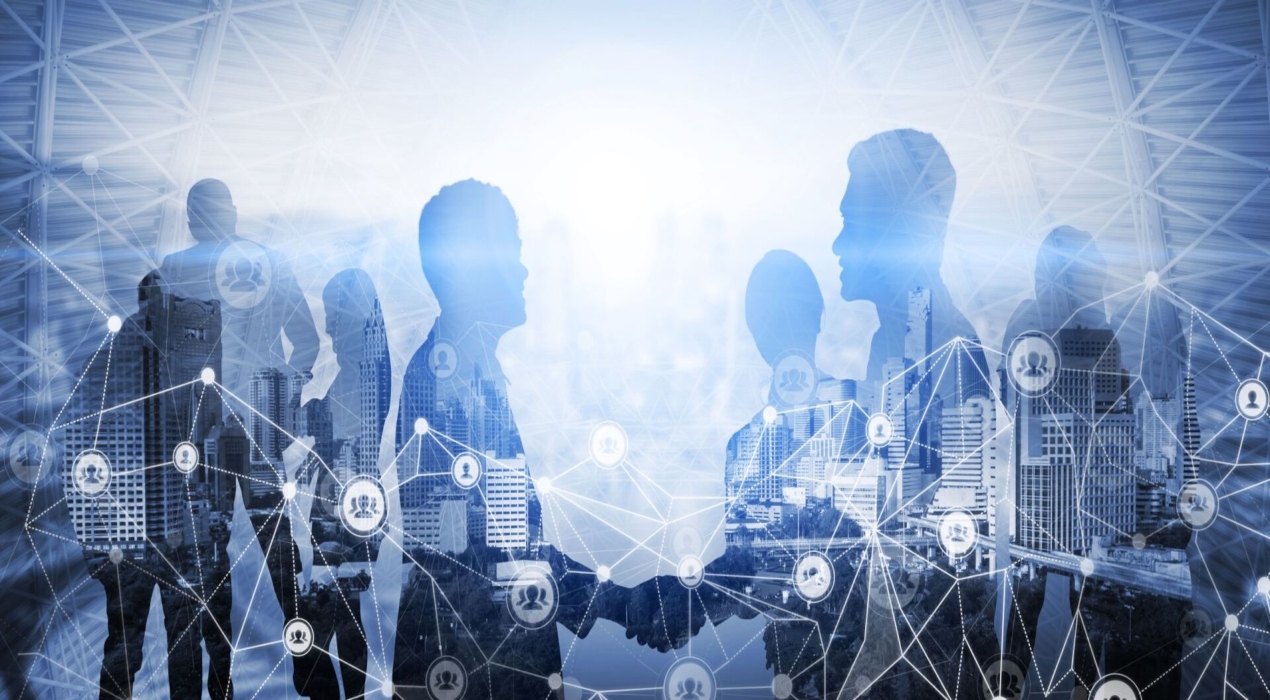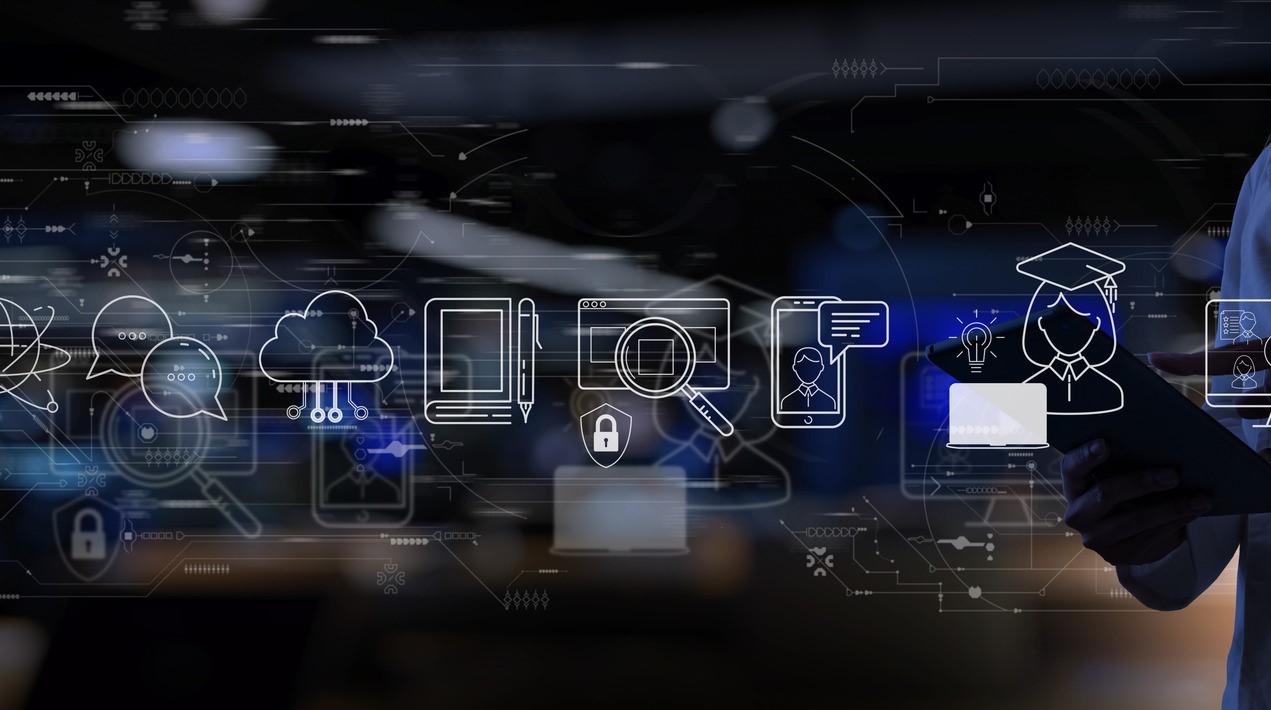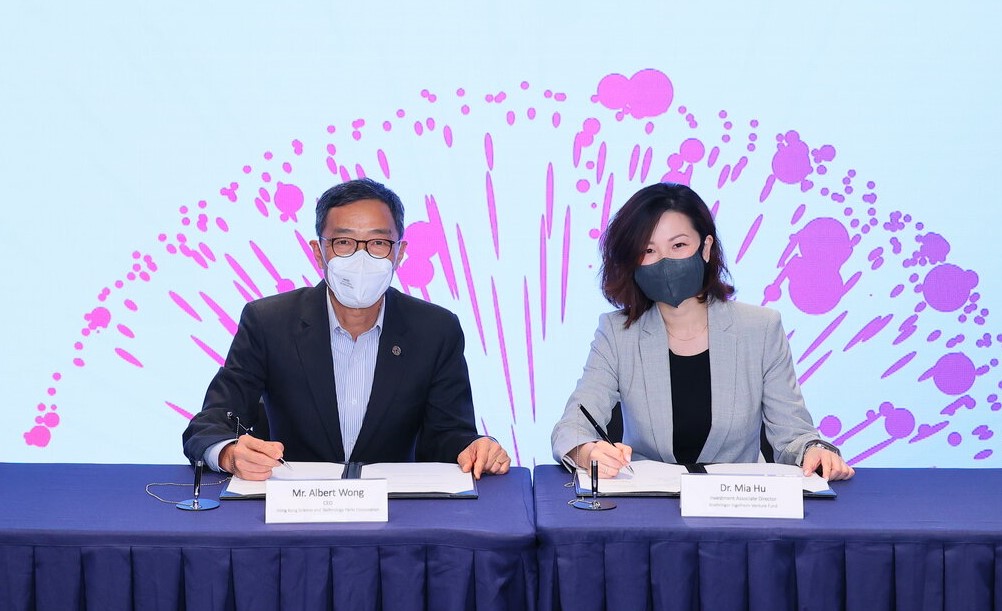
Hong Kong Science and Technology Parks Corporation (HKSTP) is partnering with a global research-driven biopharmaceutical leader in a strategic co-incubation collaboration to promote and nurture start-ups in research and development for infectious diseases and immunology.
HKSTP is dedicated to collaborating with sector leaders in building the strongest I&T eco-system to help start-ups via business development, mentorship and investment initiatives. In the last five years, the number of biotech companies at HKSTP has tripled from 50 to over 150, which has also synched with the Government’s strategic focus on biomedical technology with an allocation of HK$10 billion to develop life and health technology as a key future growth sector for Hong Kong.
This partnership between HKSTP and the biopharmaceutical leader marks a key milestone to drive Hong Kong’s biomedical technology development. Both local and global qualified start-ups in infectious diseases and immunology can apply to the incubation programme to access the full capabilities of the HKSTP ecosystem and the biopharmaceutical leader’s extensive biotech funding network.
Incubatees can access one-on-one coaching and assessment to track key research milestones while receiving expert guidance from HKSTP on commercialisation, manufacturing, scaling-up and marketing strategy to ensure successful innovation, plus vital funding opportunities and investment insight from BI.
The CEO of HKSTP stated that Hong Kong is now Asia’s largest and the world’s second-largest fundraising hub for biotech. As HKSTP enters its second decade of propelling success and innovation, its mission is to drive the growth of biotech to another level with world-class leaders like the biopharmaceutical leader. The aim is to maximise the GBA growth opportunities for high-potential tech talents and early-stage start-ups to ensure the region emerges as a global I&T powerhouse.
The Head of the Institute for Translational Research of HKSTP stated that the partnership provides early-stage start-ups and promising university spinoffs with vital support at the most critical stage of their long and challenging biotech innovation journey.
Incubatees will have access to HKSTP’s Incu-Bio Programme, with total incubatees doubling up in the last five years. The start-ups can also access funding support of up to HK$6 million, with financial subsidies and upfront grants to cover regulatory activities such as clinical trials.
Meanwhile, the Global Head of the biopharmaceutical leader stated that the jointly initiated co-incubation program will enable the company to identify more breakthrough technologies in the early stage of development. With the funding and infrastructure support offered by the two parties’ expertise and experiences in the successful development of breakthrough medications for patients, the start-ups will be fostered and the gap between science and industry can be bridged to enable the local ecosystem.
The President & CEO of the biopharmaceutical leader’s China branch stated that the innovation competency of biopharmaceuticals in Asia is rising quickly. To grab the opportunities in this market, the company has set up the External Innovation Hub in China. He added that this presents a great opportunity to partner with HKSTP to develop the local ecosystem, and further enhance China’s dual-circulation scheme.
Programme incubatees will also benefit from HKSTP’s rapidly-growing biotech R&D capabilities including the HKSTP Institute for Translational Research (ITR), enabling biomedical start-ups to turn their innovative biomedical technologies into life-changing impact on patients and society. Also available to start-ups is HKSTP’s Incu-Bio program providing dedicated biotech mentorship, business matching, entrepreneur-in-residence, and access to R&D facilities and the Science Parks’ diverse talent pool.




